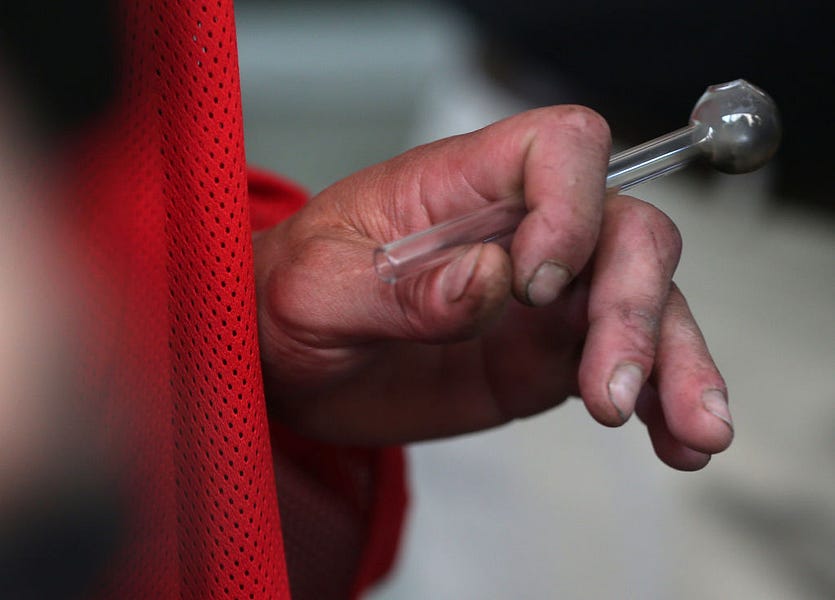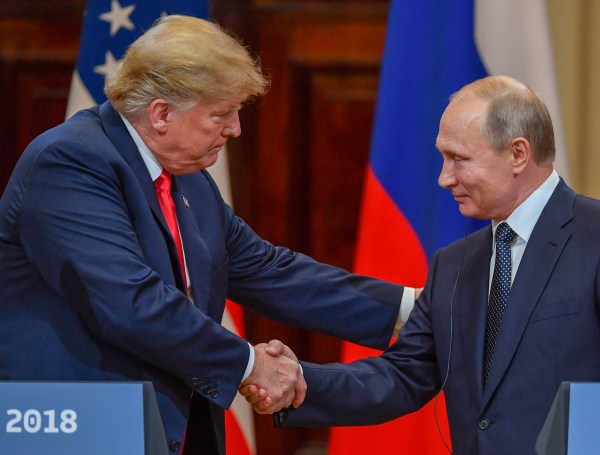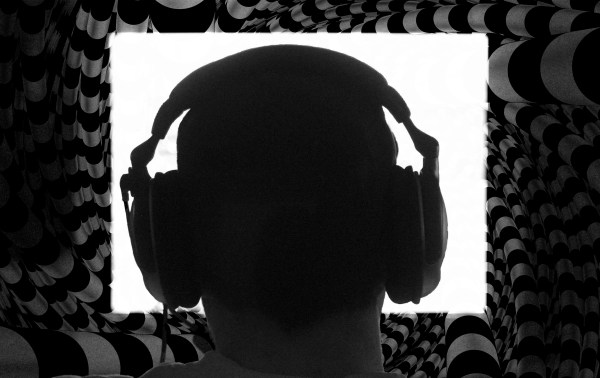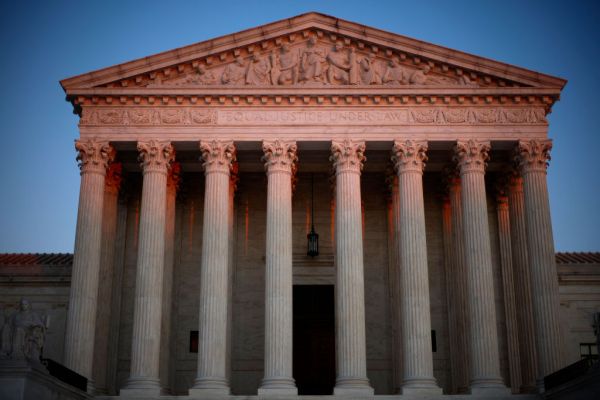If you’ve run across the term “crack pipe” in the news this week, odds are you’ve encountered one of two stories.
Story one: In a fit of nanny-state bravado, the Biden administration is launching a new program to fund the delivery of drug paraphernalia like crack pipes to “underserved communities,” in the name of advancing “racial equity.”
Story two: That allegation is a right-wing lie, an attempt by unscrupulous conservative-media actors to smear an innocuous program intended to blunt the health harms of illicit drug use as something far more insidious.
Well, they can’t both be true, right? Let’s walk through the saga as it unfolded.
It began Monday, with the publication of the first instance of Story One in the conservative Washington Free Beacon. The story concerned an out-of-the-way $30 million federal grant program administered by the Department of Health and Human Services, which, the Beacon reported, “will provide funds to nonprofits and local governments to help make drug use safer for addicts.” Part of this grant included “funds for ‘smoking kits/supplies.’” Then, the line that would generate controversy: “A spokesman for the agency told the Washington Free Beacon that these kits will provide pipes for users to smoke crack cocaine, crystal methamphetamine, and ‘any illicit substance.’”
The story went viral. The phrase “crack pipes” trended on Twitter on Tuesday, with several Republican senators denouncing the reported program. The story was amplified, too, in
the funhouse mirror of right-wing media: The site Chicks on the Right, for instance, incorrectly reported that the entire $30 million allotted for the grant program was to be spent on “drug use kits for minority demographic drug addicts.”
The Free Beacon itself had gotten at least one fact wrong, however. The HHS spokesperson had confirmed that the goal of the smoking kits was to reduce the spread of disease among users of illicit substances. The spokesperson had not, however, explicitly confirmed that the kits contained pipes. (Both the Free Beacon and HHS provided The Dispatch with the email exchange at issue.)
As the administration rushed to respond to the story, it keyed in repeatedly on this detail. “The staff never said or confirm [sic] that pipes were part of the kits (that question was never asked),” an HHS spokesperson told The Dispatch Thursday. “In fact, the reporter omitted the information shared with him about the grantees needing to comply with federal, state, and local laws.”
HHS Secretary Xavier Becerra and Office of National Drug Control Policy Director Rahul Gupta issued an additional joint statement denying that federal funding would be used for pipes. “HHS and ONDCP are focused on using our resources smartly to reduce harm and save lives,” they said. “Accordingly, no federal funding will be used directly or through subsequent reimbursement of grantees to put pipes in safe smoking kits.” The statement went on to endorse “proven harm reduction strategies like providing naloxone, fentanyl test strips, and clean syringes” to addicts as part of “a comprehensive strategy to stop the spread of drugs and curb addiction.”
Meanwhile, the media was clambering aboard, seemingly satisfied by the White House’s account of events. Some accused the Beacon of fabricating a story based on conjecture about the kits. The Daily Beast called it a “lie [that] rocketed around conservative media” while “the truth was just getting its pants on.” The Washington Post, meanwhile, fact-checked the exaggerated version of the story: “No, the federal government isn’t spending $30 million on crack pipes.”
As stated above, the Beacon had in fact made one undeniable mistake: Contrary to what the original story alleged, no official government spokesperson had confirmed that pipes would be part of the smoking kits. Nevertheless, these attempts to debunk a supposed right-wing media nontroversy missed much of the story as well.
The Free Beacon, it’s worth noting, disputes that any of its reporting was in error. “We do not think we reached at all,” reporter Patrick Hauf, the story’s author, told The Dispatch. “We stick to it 100 percent, based on what these smoking kits have been.”
Here’s one key question: What is a “crack pipe”? Crack cocaine, as opposed to powder cocaine, is smoked rather than snorted. Some users use glass pipes manufactured for the purpose; others improvise pipes from aluminum cans or plastic or glass bottles, a habit that the Harm Reduction Journal has said often leads to “oral sores, cuts, and burns.”
The HHS spokesperson suggested to the Daily Beast that reports of the program distributing crack pipes were provably false because including them would run afoul of “federal, state, and local laws.”
But there are no laws that ban “crack pipes” per se. Indeed, many smoke shops across the country sell glass pipes of the sort used to smoke crack or other drugs, right out in the open—usually labeled so as to communicate the seller intends the pipes to be used only to consume tobacco. (It’s a thin pretense; as any pipe-smoker will tell you, glass and tobacco make a very poor pairing.)
How can this be? Because while U.S. laws surrounding the possession and sale of drugs tend to be quite concrete and specific—this substance is illegal to possess in this quantity—laws that concern the equipment used to abuse those drugs are much more art than science. Federal law prohibits the sale of “drug paraphernalia,” which it defines as follows: “any equipment, product, or material of any kind which is primarily intended or designed for use in manufacturing, compounding, converting, concealing, producing, processing, preparing, injecting, ingesting, inhaling, or otherwise introducing into the human body a controlled substance.”
Does that seem broad? Well, it is! For any given product, legality turns on perceived purpose, such that enforcing the law is often a matter of personal judgment. “Recognizing drug paraphernalia,” one report from the National Drug Intelligence Center reads, “often involves considering other factors such as the manner in which items are displayed for sale, descriptive materials or instructions accompanying the items, and the type of business selling the items.”
But if any accessory used in the consumption of illegal drugs constitutes banned paraphernalia, then it’s difficult to see how other accessories provided in a “safe smoking kit” intended to help users stay healthier would fail to run afoul of the same guidelines. If product X is intended to help a person consume illicit substances, that product constitutes illegal paraphernalia. Fortunately for the program, the federal law has a carveout: “This section shall not apply to any person authorized by local, State, or Federal law to manufacture, possess, or distribute such items.”
The tension here is evident in the statement Becerra and Gupta released on Wednesday. They intended it to quash allegations that the government was distributing pipes: “No federal funding,” it said, “will be used directly or through subsequent reimbursement of grantees to put pipes in safe smoking units.” The statement went on to say, however, that the administration did endorse “the use of proven harm reduction strategies” like “providing naloxone, fentanyl test strips, and clean syringes.” But syringes are no less paraphernalia than pipes.
The thinking behind such “harm reduction strategies” is simple. If some addicts are going to abuse illegal drugs no matter what the law says, public health policy can at least try to minimize the damage addicts inflict on their bodies in the process. The go-to example is the syringe: If criminalizing syringe possession encourages addicts to share and reuse syringes, then the law is inadvertently worsening the spread of bloodborne diseases like HIV. Conversely, by establishing official channels for addicts to get clean needles and dispose of used ones—what the CDC calls syringe services programs—communities can both slow the spread of such diseases in their communities and establish some low-level contact with users, who might through such contact be encouraged to seek addiction treatment.
For harm reduction advocates, safe distribution of glass pipes serves the same purpose. “By using safer equipment, people who smoke drugs can avoid the emergence of lesions, burns and cuts to the lips and mouth that are associated with a risk of infection and hepatitis C transmission,” Harm Reduction International said in a 2019 report. And for drugs like cocaine that can be either injected or smoked, including pipes in safe smoking kits has the additional effect of encouraging the latter route to a fix, reducing the risk of overdose and the likelihood of spreading bloodborne illnesses.
This is why, when the administration rushed into damage control mode insisting pipes would not be eligible for inclusion in the safe smoking kits it would be funding, several advocate groups responded in dismay. The Drug Policy Alliance accused HHS of “backtracking on providing critical evidence-based resources that could greatly improve the health of people who consume drugs through smoking.” The administration, it suggested, had simply buckled under a few days of bad press: “Health policy must be driven by evidence, not dictated by clickbait.”
While the government had not actually confirmed that pipes would be included in the kits in its communications with the Washington Free Beacon, there’s a reason that was an easy inference for Hauf to make. There was every public health reason to believe that pipes would be included; even the organizations intending to apply for the grants were under the impression they would be. “It would seem pointless to distribute these kits without” pipes, a DPA spokesman told the Washington Post, since they “are the main part of the smoking kit to prevent the transmission of disease.”
Further, the administration’s dance of denial should raise eyebrows in and of itself. The HHS spokesperson’s insistence that pipes never could have been distributed in the kits, since the kits had to comply with all relevant laws, was ridiculous: Every accessory in a kit designed to make drug use safer is by definition drug paraphernalia, and it’s only because of carve-outs in the federal law in question that the kits could be distributed in the first place. If the carve-outs allow for syringes to be included, why not pipes? (HHS did not respond to our follow-up question about this.)
It’s impossible, of course, to know for certain what would have happened if the Free Beacon hadn’t broken the story and caused the administration to recalibrate. But every indication is that, faced with a sudden PR mess and offered a small measure of plausible deniability, the administration took it, tweaking its own policy plans to fit.
There’s an irony here. Republican “crack pipe” attacks on the Biden administration, in keeping with most such attacks, sought to portray the White House as a fantasia for hard-left policy. But the administration’s subsequent dodge-and-roll highlights a different ongoing White House tic: For all its leftist proposals, Team Biden has sometimes been weirdly jumpy about attracting bad right-wing press. After former President Trump slashed the U.S. refugee cap to record lows, Biden hemmed and hawed for months before following through on his promise to raise it again—a delay reportedly attributable to the political optics involved.
A similar dynamic seems to be at play here. The Biden administration believes harm prevention for addicts is good public health policy. It just doesn’t seem prepared to weather a talking point or two to put it in place.
Khaya Himmelman contributed to this report.






Please note that we at The Dispatch hold ourselves, our work, and our commenters to a higher standard than other places on the internet. We welcome comments that foster genuine debate or discussion—including comments critical of us or our work—but responses that include ad hominem attacks on fellow Dispatch members or are intended to stoke fear and anger may be moderated.
With your membership, you only have the ability to comment on The Morning Dispatch articles. Consider upgrading to join the conversation everywhere.